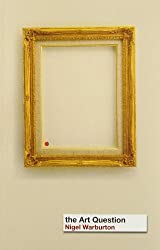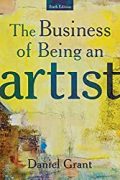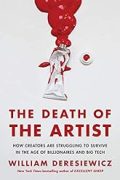
Rating: 8.0/10.
Philosophical investigation into the question of: “What is art?” This question is often asked when faced with certain postmodern art pieces, such as readymade objects like a urinal displayed in an art gallery.
Bell proposes that art must have “significant form” — choices made by a human artist in order to produce an “aesthetic emotion” in the viewer. The artist aims not to reproduce reality, but make artistic choices to produce distortions of reality. The weakness of this theory is that the definitions of “significant form” and “aesthetic emotion” are circular, and also it is a classical view that does fails to apply to many types of postmodern art.
Collingwood argues that the essence of art is an expression of the artist’s emotion. Planning and technical skill is obviously involved, but if it is a straightforward application of technique to raw materials to produce a finished product, then it is merely a craft, not art. This includes commercial, performative, or religious types of art, which Collingwood argues is not really art because its purpose is to produce an emotion in the viewer.
Weitz argues that whether something is art is not a binary property, and there is no essential traits that all art share; instead, art is whatever resembles things that are already accepted as being art. This allows an evolving, not static, definition of art as future artists pushes the boundary of what can be considered art.
The institutional theory says that anything can be considered art (even an urinal or a dead horse), as long as the art world confers on it the status of art and displays it somewhere publicly. This is a wide definition that is able to include postmodern pieces, and objects that were not originally created with the intention of being art. Although any object can potentially be art, it may not be “good” art, and the theory does not try to explain what constitutes as good art.
In the final chapter, the author explores the implications of these theories. It is clear that there is no single essential trait that all art shares, so it is probably futile to define in general what is and what isn’t art. Instead, it is more productive to consider individual works of art and try to understand what is interesting about it, with the caveat that what makes one work interesting does not mean everything else with the same characteristics is also good art.



